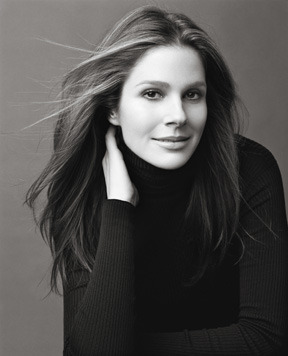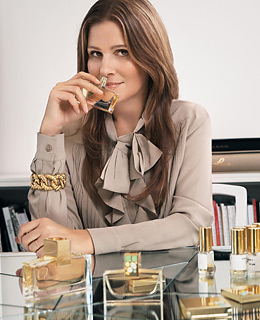Image Source: ft.com
Hugo Boss, Estée Lauder and Ermenegildo Zegna are among those who have established retail outlets in Nigeria’s big cities, and others are following suit with the help of local partners.
Meanwhile, South Africa and Kenya, long-established shopping hubs for wealthy western tourists, have seen a boom in retail and mall developments that is prompting investment by the world’s largest brands.
But with natural resources fuelling economic growth elsewhere in Africa, could the luxury industry have found fresh frontiers for growth beyond its traditional strongholds?
A recent study by management consultancy Bain & Co
would suggest so. It estimates that the continent’s luxury market is
now worth €2bn, thanks to a 35 per cent rise in overall sales in the
past four years.
As well as opening a crop of MAC stores in Nigeria, the US beauty giant also plans to enter Botswana and Zambia next year, It also has announced a move to take its fragrance brands into Ivory Coast, and has identified property opportunities in Mozambique, Angola, Ghana, Kenya and Tanzania.
William Lauder, the group’s chairman, told the Financial Times
that the rise in power of the global traveller – particularly from
sub-Saharan Africa – had triggered the company’s push into new
territories.
“Wealthy visitors soon spread the word and the brand garnered a cult status back in that region before Estée Lauder had even set foot in the francophone African market. That region is going to grow into a big business for us.”
A globetrotting moneyed elite from new African frontiers is also fuelling luxury flagship sales on the more upmarket streets of recession-mired pockets of Europe. For example, Gucci executives say privately that Angolan custom in Portugal grew 90 per cent last year – to represent just over half of sales there.
“I am hearing more and more about the Angolan appetite for luxury,” says South African retailer Hanneli Rupert, adding that there has been a noticeable rise in African frontier market spenders coming to South Africa to make premium purchases.
Industry experts also remain sceptical of a rapid rollout of retail operations in these countries in the near future.
While many western brands are combating this by holding “trunk shows” or private dinners to entice new clients, business growth will remain relatively modest until a greater on-the-ground presence can be established.
John Obayuwana, the founder and managing director of the Polo Luxury Group, says: “There are, and will continue to be, considerable challenges for western brands looking to enter the market beyond South Africa. Even in Nigeria there are big headaches, let alone elsewhere.” His company acts as local partner and intermediary for several luxury groups.
He adds: “First they have to deal with the government, with all the regulations, duty taxes, bureaucracy and even corruption that goes with establishing a business in these places. Then, you must deal with the absence of any retail infrastructure. It’s going to be really tough going for some time to come.”
Some investors think the solution to providing African consumers with access to luxury products could lie closer to home. In 2010, Actis, a private equity fund focused on emerging markets, acquired Vlisco, a Dutch company that manufactures and distributes patterned wax fashion fabrics. Manufacturers and consumers buy them to create bespoke dresses in its exotic African prints.
The company has nearly doubled in size since it was bought, with two-thirds of its employees scattered across sub-Saharan Africa.
This unusual platform has proved extremely attractive to those looking to benefit from a large young African population and rising middle class.
Murray Grant, an Actis partner, explains: “There is a considerable consumer population emerging in Africa but it is scattered across 55 countries. What made Vlisco a sizeable business opportunity was the fact it had successful operations in so many of them.”
Ms Rupert says that she is noticing a growing trend for African luxury consumers looking to buy local brands or product.
“Beyond fashion ... there have been huge surges in demand for upmarket food and wines or home interiors with a strong African aesthetic.
“There is unquestionably a demand for Western luxury goods, but as the shopper base grows, so will a crop of homegrown contenders. It’s exciting to watch the market unfold.”
William Lauder’s keen business sense has helped grow the Estee Lauder Companies’ operations beyond traditional markets. For more news and updates about ELC’s global strategies, follow this Twitter account.



